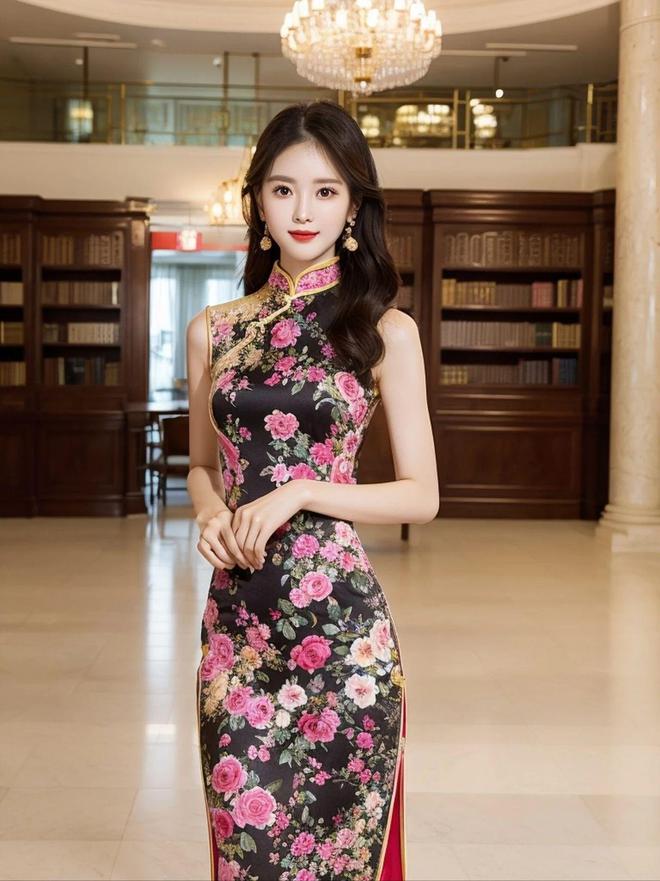How to dress up may seem like a personal matter, but it has never been. The beauty of clothing is called beauty, and the grandeur of etiquette is called summer. Clothing and accessories have directly become a component of the definition of “Huaxia”. A person’s makeup is often a manifestation of an era, a period of historical and cultural significance.
I particularly enjoy wearing long skirts, especially those with retro design elements, which I cannot resist. I always believe that only retro dresses can reflect the dignified and gentle beauty of women. I love it so much that when choosing to watch a costume drama, the costumes in the drama are the standard for me to judge whether the drama is worth pursuing.

Next, please follow in my footsteps and take everyone to understand the beauty of the evolution of ancient Chinese dresses.
The earliest clothing in China and the first style of the Hanfu system is called “clothes”. The upper and lower clothing of Zhou Zheng are dignified and elegant, which is the mainstream aesthetic concept in traditional China.
During the Spring and Autumn period and the Warring States period, a type of clothing called “deep clothing” emerged, which actually merged the top and bottom together, like a jumpsuit. However, when cutting, the top and bottom were still cut first, and then the top and bottom were connected during sewing. The ancients took so much trouble, according to legend, it was the inheritance of clothing, that is, following the ancestral system. This is the earliest dress in ancient China, which embodies the dignified atmosphere of Hanfu.
The round necked robe is a literary and artistic work of the Tang, Song, and Ming dynasties. It has a very Chinese style and was incorporated into the official attire system by the Sui Dynasty, which later inherited by the Tang Dynasty. In its current name, it is a long shirt or short dress. In ancient times, women often wore half skirts inside their robes, while men wore long pants. You have to admit that fashion is a classic cycle time and time again. In modern times, we still unconsciously inherit the clothing matching methods of our ancestors, but we are accustomed to calling this matching method “mixing and matching”.

Qipao, always connected to the beauty of old times, seems to be naturally graceful and charming, and has always been the best interpretation of women’s curvaceous beauty from the beginning. The predecessor of qipao was actually a long robe or a long robe. Characterized by a standing collar, large front, and slit.

The qipao reversed the dress habits of women for over a thousand years, completing the subversion of the clothing system of Han women by the robe. When it was first introduced, qipao was designed with a flat chest, with a tight top and a loose bottom, and a large A-shaped silhouette. Later improvements were made, and the straight tube shape, which is closer to the trend of women’s clothing, has a length below the knee, and the side slits are made very low. Women can wear underskirts or long pants inside, which is lightweight and elegant. During the Republic of China era, cheongsam actively absorbed the trend of Western fashion in terms of cutting and decoration, with loose, tight, long, short, The changes in line contours over the past decade have witnessed the transformation of Chinese people from traditional aesthetics to modern aesthetics.







One thought on “Take you to understand the beauty of ancient Chinese dresses”